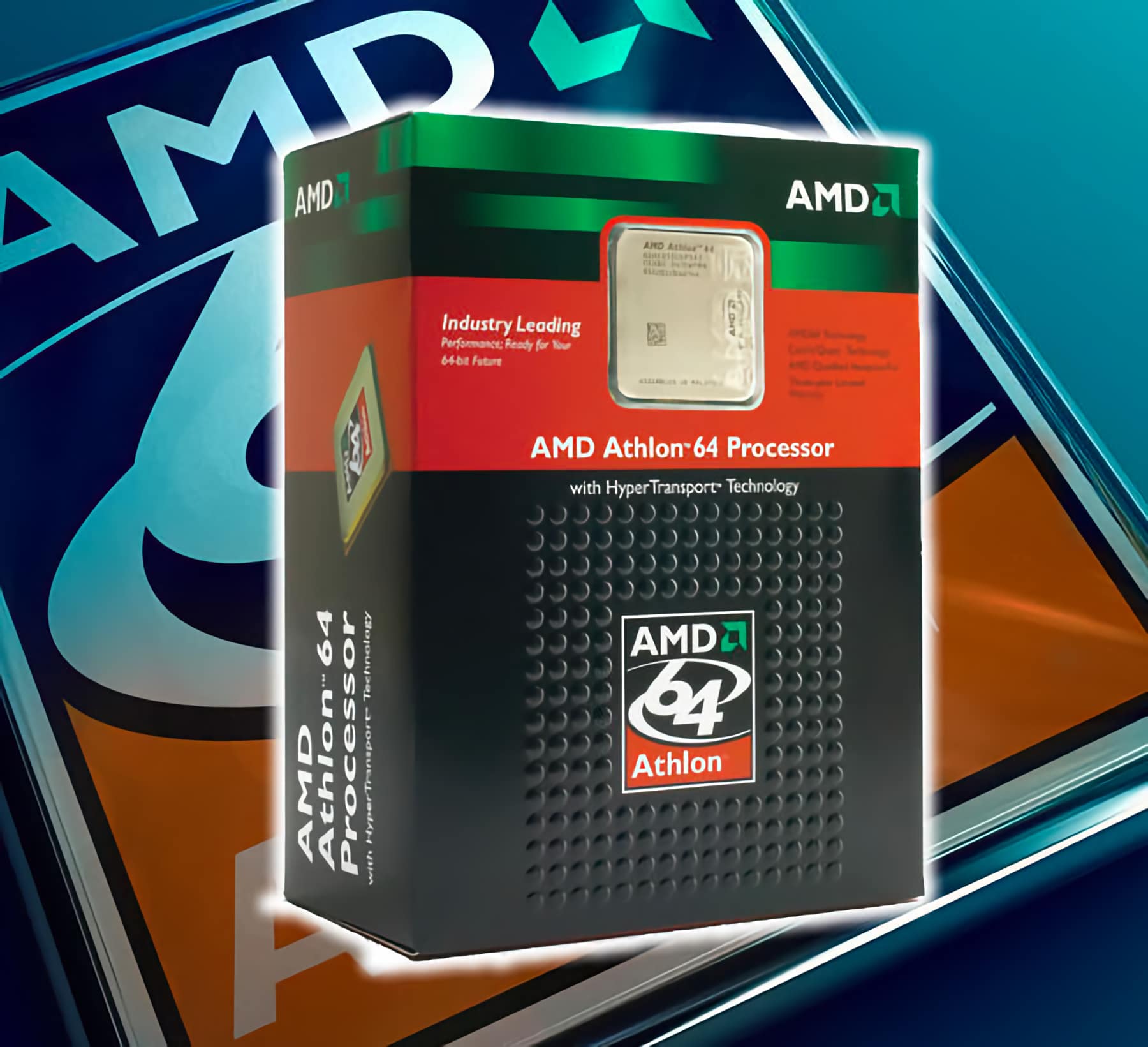Serving tech enthusiasts for over 25 years.
TechSpot means tech analysis and advice you can trust.
The big picture: The x86-64 instruction set was initially announced by AMD in 1999, providing a significant upgrade to the leading PC computing architecture. The technology proved highly successful, and Intel had to chase after a competitor for the first time in x86 history. Things could have been much different, though.
Intel had a solution ready to add 64-bit features to the "classic" 32-bit x86 ISA, but the company chose to push forward with the Itanium operation instead. A new snippet of technology history has recently emerged from a year-old Quora discussion. Intel's former "chief x86 architect," Bob Colwell, provides a fascinating tidbit of previously unknown information.
AMD engineer Phil Park was researching the history behind the x86-64 transition, when he discovered the conversation. Colwell revealed that Intel had an inactive internal version of the x86-64 ISA embedded in Pentium 4 chips. The company's management forced the engineering team to "fuse off" the features.
The functionality was there, but users could not access it. Intel decided to focus on the 64-bit native architecture developed for Itanium instead of x86-64. The company felt that a 64-bit Pentium 4 would have damaged Itanium's chances to win the PC market. Management allegedly told Colwell "not once, but twice" to stop going on about 64-bits on x86 if he wanted to keep his job.

The engineer decided to compromise, leaving the logic gates related to x86-64 features "hidden" in the hardware design. Colwell bet that Intel would need to chase after AMD and quickly implement its version of the x86-64 ISA, and he was right. Itanium CPUs had no native backward compatibility with 16-bit and 32-bit x86 software, so the architecture was one of the worst commercial (and technology) failures in Intel's history.
Also see: The Rise, Fall and Renaissance of AMD
The x86-64 ISA was fully compatible with "legacy" x86 code while introducing a new 64-bit mode with more powerful instructions, larger vector registers, and more. It also provided the ability to use vastly larger virtual and physical memory pools compared to 32-bit CPUs. AMD first implemented the x86-64 instruction set with K8-based Athlon 64 and Opteron chips, which ultimately forced Intel to "go 64-bit" with a modified version of the NetBurst architecture (Pentium 4).
Bob Colwell made significant contributions to Intel's history, managing the development of popular PC CPUs such as Pentium Pro, Pentium II, Pentium III, and Pentium 4 before retiring in 2000. Meanwhile, today's x86 chips marketed by Intel and AMD still retain full backward hardware compatibility with nearly every program developed for the x86 architecture.